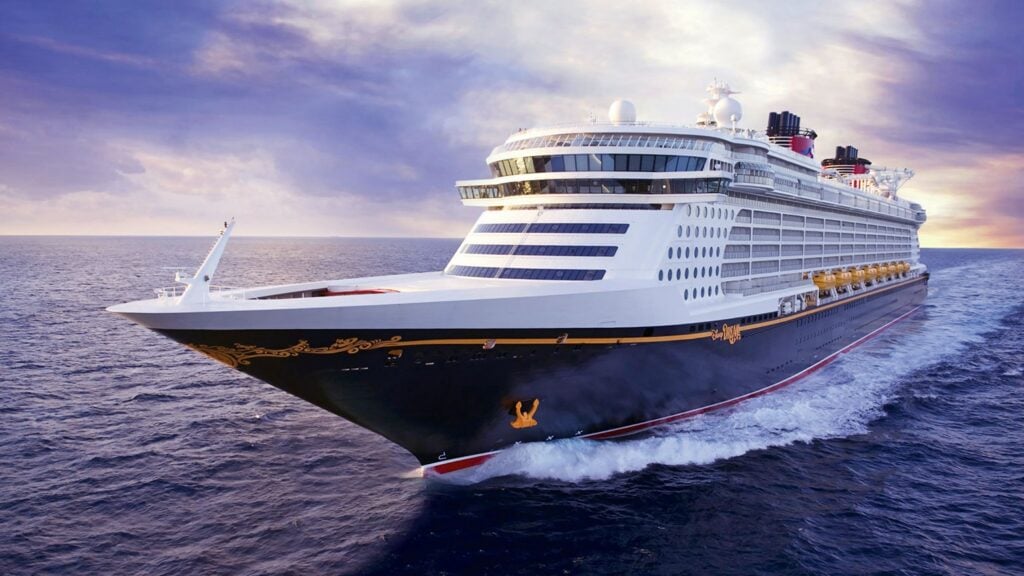Cruise lines are a significant part of the tourism industry, and it encompasses several segments of the field that include; accommodation, hospitality, transportation, and attractions. But did you know how much waste cruise liners dump in the ocean? Let’s look at the environmental impact of cruise companies and the steps they’ve made to mitigate it.
According to the Environmental Protection Agency, the cruise ship industry dumps 255,000 US gallons of greywater and 30,000 US gallons of blackwater into the ocean daily.
The Waste of Cruise Lines
A cruise liner carrying 3,000 passengers and personnel produces around 21,000 gallons of sewage each day. This is enough to fill ten backyard swimming pools in less than a week. This equates to more than a billion gallons of product per year for the industry. This is a conservative estimate because some new ships can hold up to 8,000 passengers and crew.
Additionally, each ship produces and dumps almost eight times that amount of graywater from sinks, showers, and baths, which can include many of the same contaminants as sewage and substantially impact water quality.
Forty percent of cruise line ships continue to use 30-year-old waste treatment technology, resulting in treated sewage containing dangerous amounts of feces, bacteria, heavy metals, and other pollutants to marine life and people. Within three nautical miles of shore, wastewater must be treated. However, ships can still dump raw sewage directly into the ocean.
Sewage pollution can result in gastrointestinal ailments, diarrhea, hepatitis, and other illnesses in those who are exposed to contaminated seafood or water. Due to excess nitrogen and phosphorus from ship waste, fish, shellfish, coral reefs, and other aquatic life may also suffocate.
Additionally, cruise ships contribute significantly to air pollution due to the toxic fuel they consume. Even when docked, cruise ships frequently use polluting diesel engines to power passengers and personnel. According to the EPA, an average cruise liner releases more sulfur dioxide than 13 million cars and more soot than one million cars each day it is at sea.
The Friends of the Earth Society awarded Disney Cruise Line, situated in Lake Buena Vista, an A for sewage treatment and an overall A grade for environmental stewardship. It is the only cruise line to earn that distinction and the first time an A has been awarded to a cruise line. Each of Disney’s four ships is outfitted with innovative sewage treatment systems, and three are also equipped with shore-based power.
At the other end of the spectrum, Carnival Cruise Lines of Doral scored an F for sewage treatment and an overall grade of C-minus despite having the world’s largest fleet of 24 cruise ships but just two equipped with innovative sewage treatment technology. (Source: FOE)
Recommendations to Minimize Cruise Line Pollution
Dan Hubbel, a shipping emissions campaign manager at Ocean Conservancy, states that cruise lines owe it to their customers and the environment to mitigate their impact on the environment as they get ready to sail post-pandemic.
By transitioning to truly green fuels such as hydrogen or ammonia as they become available, rather than climate-damaging options such as LNG, the industry’s carbon footprint would be significantly reduced. (Source: Ship Technology)
Numerous cruise lines are working toward or have already achieved the objective of eliminating single-use plastics. Some companies implemented a comprehensive plan in 2018 to phase out all bottles, cups, straws, and stirrers across their fleet.
Oceania Cruises partnered with Vero Water, the world’s top producer of environmentally friendly water distillation systems, in January 2019. This ecologically conscious project is part of the company’s OceaniaNEXT upgrades and the entire Sail & Sustain environmental program. In April 2019, Oceania’s six ships were equipped with Vero Water’s still and sparkling water distillation systems. The next stage will be to supply reusable water bottles for guests to take ashore.
Cruise Lines should prioritize the improvement of both sewage and greywater using properly working sophisticated water treatment equipment. Cruise ships transport their passengers to some of the most breathtaking locations on the planet, and those on board will feel better knowing they are leaving nothing behind as they continue their journey. (Source: US News)
